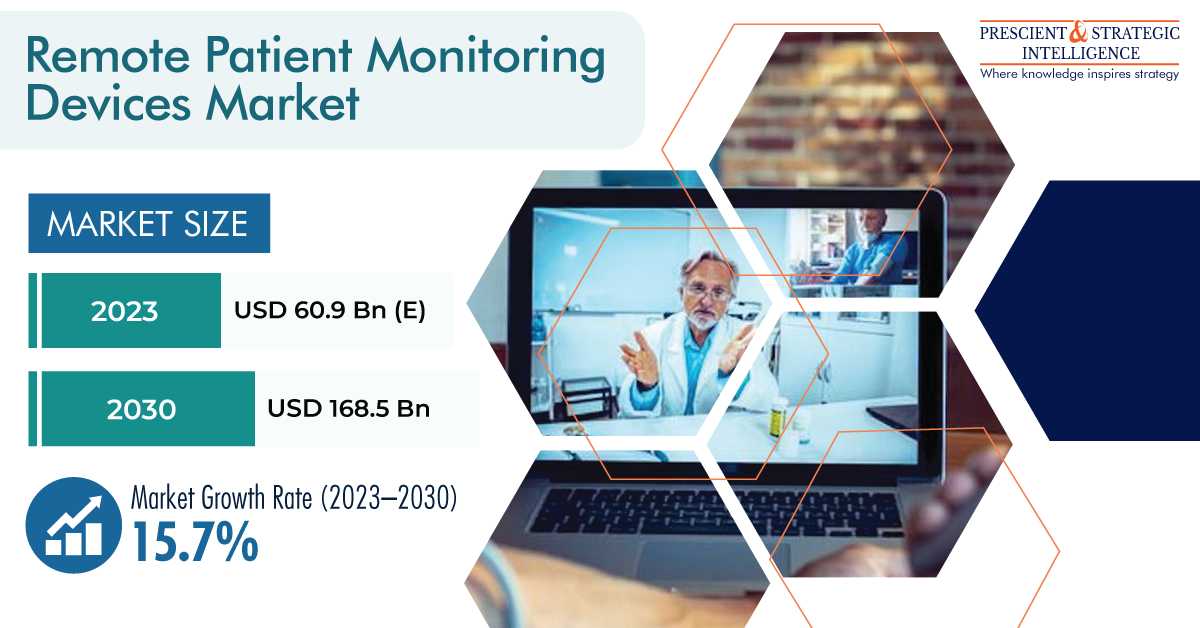Remote Patient Monitoring Devices Market Insight by Trends, Opportunities, and Competitive Analysis
Remote patient monitoring is a subdivision of homecare telehealth that permits patients to utilize mobile medicinal devices and tech to collect patient-generated health data and provide it to healthcare specialists.
Common physiological information that can be gathered with RPM programs comprises heart rate, vital signs, blood pressure, and weight. Once gathered, patient information is sent to a doctor’s office by utilizing a special telehealth computer system or software application that can be installed on a computer, tablet, or smartphone.
Remote patient monitoring is regularly utilized to aid patients who need long-lasting, post-discharge, or senior care. Linking risky patients with remote nursing, can alert healthcare establishments of potential health problems or keep monitor of patient information between visits. Moreover, remote patient monitoring can be utilized by businesses that need to record workmen’s compensation cases, making sure workers are on the right path to return to work.
The remote patient monitoring devices market is witnessing growth and is projected to reach USD 168.5 billion by 2030.
For Getting More Insights of This Report:-
https://www.psmarketresearch.c....om/market-analysis/r
How Remote Patient Monitoring Works
While Remote patient monitoring methods can differ depending on the device being utilized or the condition being screened, most of the tech comprises alike components. The first is a wireless-empowered detector that can calculate precise physiological parameters and keep the information it gathers.
This storage must also comprise a way to connect with additional detectors, healthcare provider databases, and linked applications. Applications generally offer users an interface to monitor or analyze the data and show treatment recommendations.
The data gathered by RPM devices is sent to the proper location and stored in a relational database. This means that individual cases or entire health histories can be considered for healthcare organizations that have wireless telecommunications data. In most cases, when a healthcare professional has looked at the information and found an issue that would require the patient to go in, he or she will be notified by the device.
